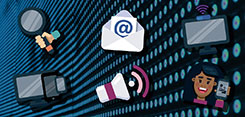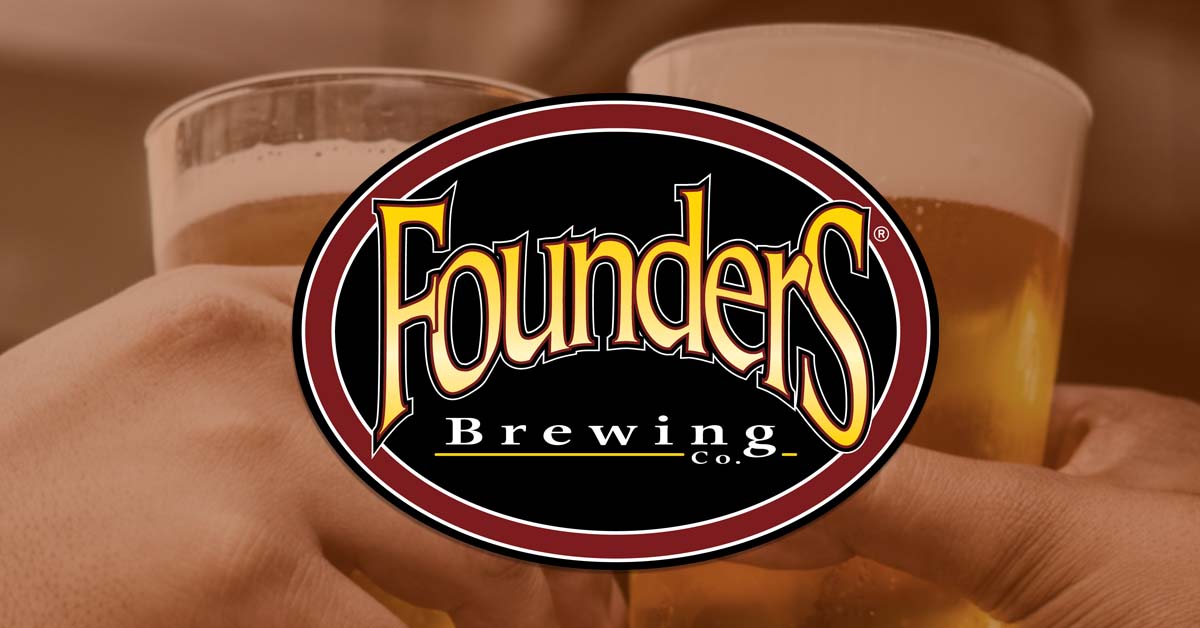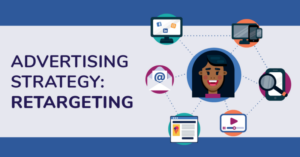The right audience,
in the right place,
at the right time.
Improve the performance, consistency, and reach of your advertising campaigns with Grand Rapids marketing agency Media Place Partners. Our integrated full-funnel marketing approach combines digital and traditional media into a supercharged marketing engine that generates more traffic, more leads, and more sales.

Digital Marketing
Thoughtful, optimized campaigns for Search engine marketing, Display advertising, Social media marketing, Streaming audio, and more.
Traditional Marketing
Broadcast TV, Radio, Billboards and other Out-Of-Home, and Print. Enjoy the benefits that decades of experience brings.
Who we are
Whether you need a marketing strategy, design services, digital marketing, or traditional marketing – MPP has you covered.
The Grand Rapids Marketing Agency
With over two decades of experience and a team of media professionals in-house, MPP handcrafts and executes fully integrated, sustainable media plans that attract, nurture, engage, and ultimately convert your leads into sales. Our expertise spans the entire media ecosystem, including: marketing strategy, design services, strategic co-labs, media planning, media buying, campaign logistics, account management, and advanced analytics through our HelloMPP client portal. MPP is the leading Grand Rapids Marketing Agency serving not only local clients, but all of Michigan and the entire USA. Come experience marketing designed around you and your organization’s needs. Our core services include everything you demand from a full-service agency:

Marketing Strategy

Digital Marketing

Traditional Marketing
The latest from the Grand Rapids Marketing Agency.
Find all sorts of helpful information in our blog. From the importance of landing pages and what ad sizes work best, to interesting traditional media ideas, MPP covers it all. We publish a new article each week. Subscribe to our mailing list to be notified about new articles and other information designed to level up your marketing.

Founders Brewing Case Study

5 essential healthcare landing page tips for success

How retargeting ads work

4 social media marketing tips for insurance agents

From frustrating to flourishing: 4 common hospitality marketing challenges and solutions
We’ve developed a great partnership with Media Place Partners. Their dedication to Auto-Owners and our independent agents is evident in all aspects of their business. They are experts in their field and quick to provide explanations and further details. They employ a team approach to problem-solving that ensures all party’s needs are met. MPP is quick, efficient, and very professional.

